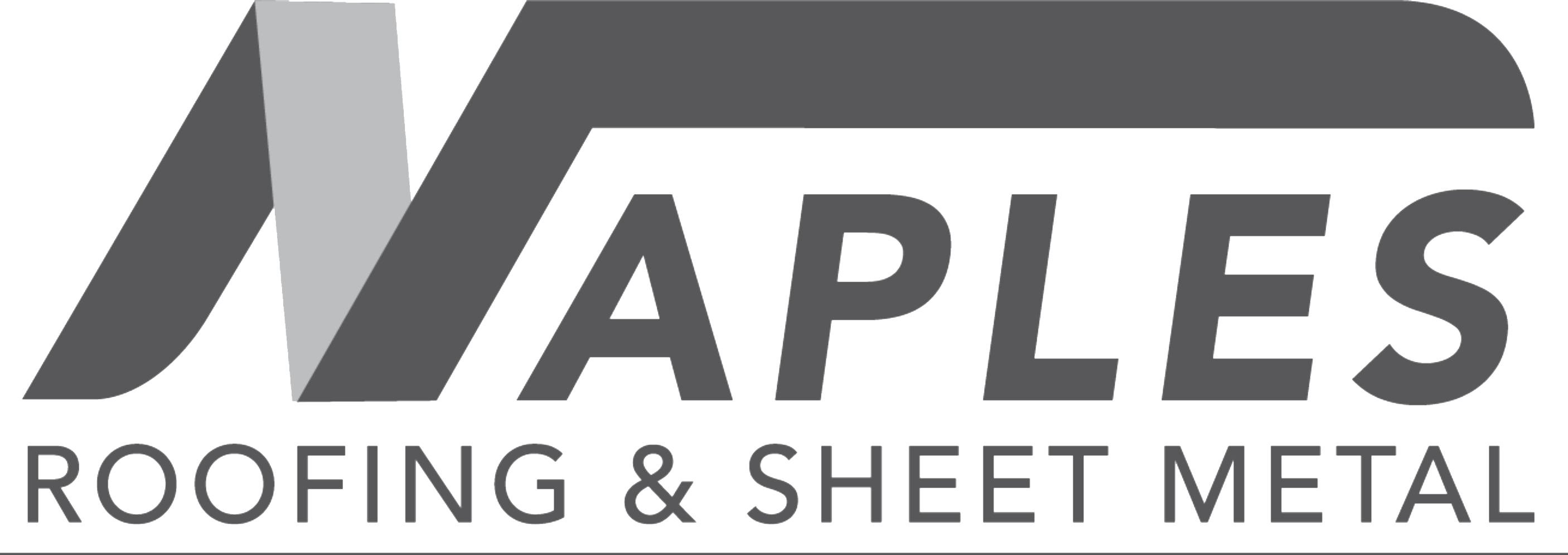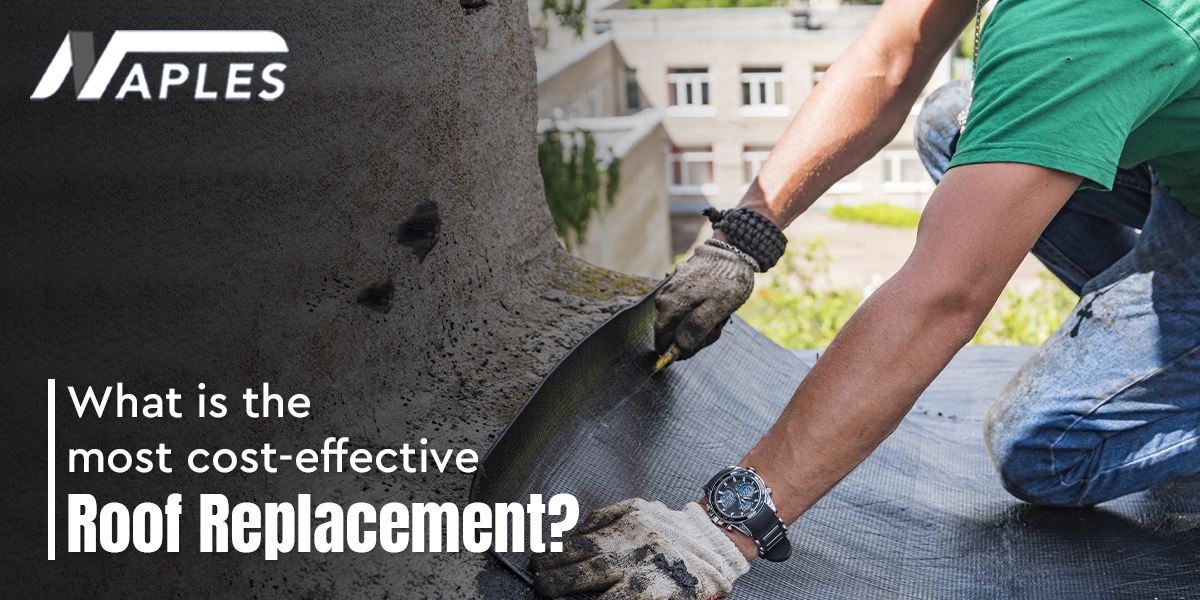What is the Most Cost-Effective Roof Replacement?
When it comes to replacing a roof, many homeowners and business owners are looking for roof replacement service that balance durability, efficiency, and affordability. While roof replacement can be a significant investment, choosing the right materials and a reliable roof replacement contractor in the US can make the process more cost-effective in the long run. In this article, we’ll explore the most cost-effective roof replacement options, providing insights into materials, installation, and maintenance considerations that can help you save money without compromising on quality.
Here are the major key points:
Factors That Influence Roof Replacement Service Costs
- Roof size and complexity: Naturally, more materials and labor will be needed for larger roofs and those with intricate designs, raising the final cost.
- Material type: The choice of roofing material can significantly impact the cost. While some materials are more affordable upfront, others offer better long-term value through durability and energy efficiency.
- Labor and installation: Labor costs vary based on location and the complexity of the installation. Choosing an experienced contractor may cost more initially but can save you money on future repairs.
- Local building codes and permits: In some areas, you may need to comply with specific regulations, which can add to the overall expense of a roof replacement.
Now, let’s look at some of the most cost-effective roof replacement options.
Asphalt Shingles: The Budget-Friendly Option
With good reason, asphalt shingles are the most widely used roofing material in the United States. For homeowners searching for a long-lasting roof without going over budget, they provide an affordable option. Many roof replacement contractors in USA recommend asphalt shingles due to their affordability and reliability. Here’s why asphalt shingles are a great choice:
- Affordability: One of the least expensive roofing materials is asphalt shingles. They provide a balance between cost and durability, making them a budget-friendly option for most homeowners.
- Ease of installation: Installing asphalt shingles is rather simple, which lowers labor expenses. Many contractors are familiar with this material, further lowering the expense of installation.
- Variety of styles: Asphalt shingles come in various colors and styles, allowing homeowners to achieve the desired look without a hefty price tag.
While asphalt shingles may not last as long as premium materials like metal or tile, they can provide solid protection for 20-30 years, making them an excellent value for their cost.
Metal Roofing: Long-Term Savings
Metal roofing is another cost-effective option, particularly when you consider the long-term benefits. Although metal roofs tend to have a higher upfront cost, they offer significant savings over time due to their durability and energy efficiency.
- Durability: Metal roofs can last 40-70 years, making them one of the longest-lasting roofing options available. As a result, fewer repairs or replacements are required.
- Energy efficiency: Metal roofs reflect solar heat, helping to reduce cooling costs in warmer climates. This energy-saving feature can lower utility bills, providing a return on investment over time.
- Low maintenance: Compared to other roofing materials, metal roofs require less maintenance, which further reduces long-term expenses.
While metal roofs may come with a higher initial price, their long lifespan and energy savings make them a cost-effective choice for homeowners looking for durability.
Wood Shingles: A Mid-Range, Sustainable Option
Wood shingles and shakes offer a natural, aesthetic appeal and can be a cost-effective roofing option for those seeking a balance between price and sustainability.
- Moderate cost: Wood shingles are more expensive than asphalt but less costly than premium options like tile or slate.
- Sustainability: Wood shingles are made from renewable materials, making them an environmentally friendly choice for homeowners looking to reduce their carbon footprint.
- Longevity: With proper maintenance, wood shingles can last up to 30 years, providing good value for the price.
However, wood shingles require regular maintenance to prevent issues like rot or insect infestations. If you’re willing to invest in upkeep, this can be a cost-effective option for a beautiful, long-lasting roof.
Rubber Roofing: A Cost-Effective Flat Roof Solution
For flat or low-sloped roofs, rubber roofing (EPDM) is one of the most cost-effective materials available. Commonly used for commercial buildings, rubber roofing is gaining popularity for residential flat roofs as well.
- Affordability: For homes or business owners on a tight budget, EPDM rubber roofing is a cost-effective option because it is very cheap when compared to other flat roof materials.
- Durability: Rubber roofs can last 20-30 years with proper installation and maintenance.
- Ease of installation: Rubber roofing is easy to install, which can lower labor costs.
EPDM is also resistant to UV rays, which helps it maintain its integrity over time, providing long-term savings.
Concrete Tiles: Durable and Cost-Effective for Hot Climates
For homeowners in warmer regions, concrete tiles offer a cost-effective option. Though they have a higher upfront cost than asphalt shingles, concrete tiles are extremely durable and energy-efficient.
- Durability: Concrete tiles can last 50 years or more, providing long-term savings.
- Energy efficiency: Concrete tiles are highly reflective, helping to keep homes cool in hot climates. This can reduce energy costs, making them a good investment over time.
- Low maintenance: Concrete tiles require little maintenance once installed, saving money on repairs.
Their long lifespan and energy efficiency make concrete tiles a good option for homeowners looking for a balance between cost and durability in hot climates.
Tips for Reducing Roof Replacement Service Costs
- Shop around for contractors: Get quotes from multiple contractors to ensure you’re getting a fair price for both materials and labor.
- Time for your replacement: Roofing companies tend to be busiest in the summer and fall. Scheduling your replacement during the off-season (winter or spring) can save you money.
- Consider overlays: If your current roof is in decent condition, installing new shingles over the existing roof can reduce the cost of tearing off the old roof.
Conclusion:
When considering the most cost-effective roof replacement, it’s essential to balance upfront costs with long-term benefits. Asphalt shingles are a budget-friendly choice, while metal roofs, wood shingles, and rubber roofing offer durability and energy efficiency for those willing to invest a bit more initially. Consulting a roof replacement contractor in NY can help you evaluate the best option based on your budget, local climate, and how long you plan to stay in your home or building. By making an informed decision, you can ensure your roof replacement service provides both value and longevity.


